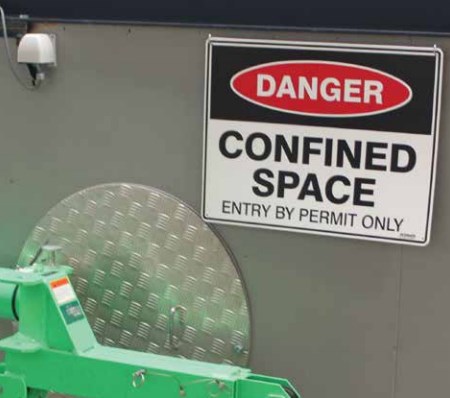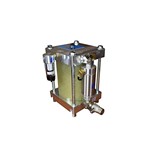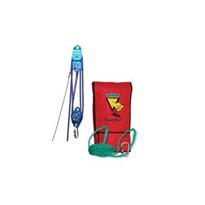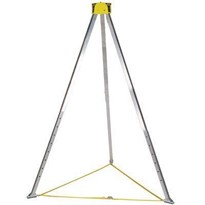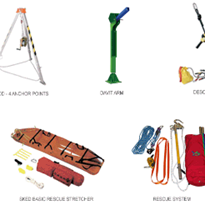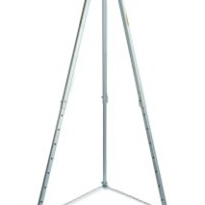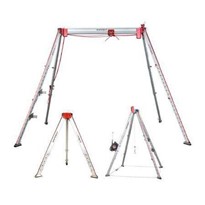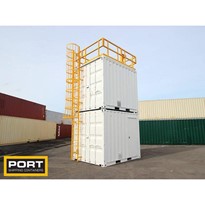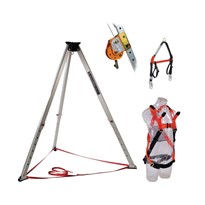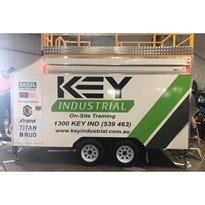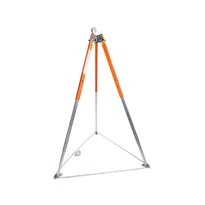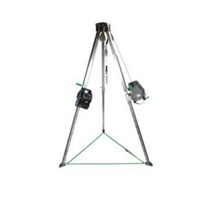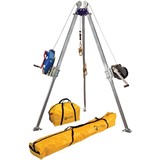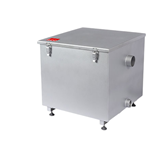Similarly, should the need for rescue from a confined space occur, a well prepared and rehearsed retrieval operation must be available for immediate implementation. The failure of understanding of confined space operations and rescue and retrieval methods can place both the employee and the employer at significant risk.
The following article has been written to provide an overview of confined space operations in layman’s terms and should not be seen as a substitute for taking correct professional advice - nor for certificated training.
What is a Confined Space?
A confined space is an enclosed location that is not intended for human occupancy that may include a restricted means of entry or exit.
A confined space is:
- Large enough for a worker to enter and perform work.
- May have limitations to the entry to or exit from the confined space.
- May knowingly or unknowingly contain a hazardous atmosphere.
- May contain other hazards that expose anybody in the area to risk.
Confined spaces include:
- Tanks, vessels, silos and vats.
- Manholes, pipes, culverts and ducts.
- Large vessels, tanks and rooms with restricted entry and exit.
- An enclosed area that may have a build up of toxic or hazardous substances
Confined space activity is a complex issue requiring experienced analysis. It is not simply the size of the space that is critical, nor is it simply the ease of access and egress, nor is it only the risk of hazardous atmospheres and chemicals within the confined space. It is a combination of all these coupled with the risk of injury to the worker within the confined space and the resulting complexities for a rescue and recovery operation in this environment.
Why are Confined Spaces dangerous?
Confined space accidents are notorious for multiple fatalities with the single largest risks being the
injury and subsequent recovery of a person from a confined space. Atmospheric hazards from the
presence of chemicals are often odourless, tasteless and colourless. Lack of sufficient oxygen to
remain conscious is also undetectable without the use of correctly calibrated analysis equipment.
Restricted working space often leads to work being carried out closer than desirable to electrical
and mechanical risks, including moving machinery such as conveyors.
When an accident occurs within the confined space, rescue measures are often initiated in an
unplanned and unrehearsed fashion with untrained employees and inadequate equipment, leading
to risk to the rescuers which often results in them succumbing to the same fate as the worker being
rescued.
Confined space risks include:
- Oxygen deficiency
- Noxious and poisonous gases
- Suffocation by materials (e.g. grain silo) or drowning (e.g. culvert)
- Contact with toxic or hazardous materials (e.g. chemical industry)
- Electrocution
- Extremes of temperature (e.g. furnaces, cold rooms)
- Slips, trips and falls (e.g. descending / ascending access)
- Explosion
Continue reading on how to prepare for Confined Space operations.


